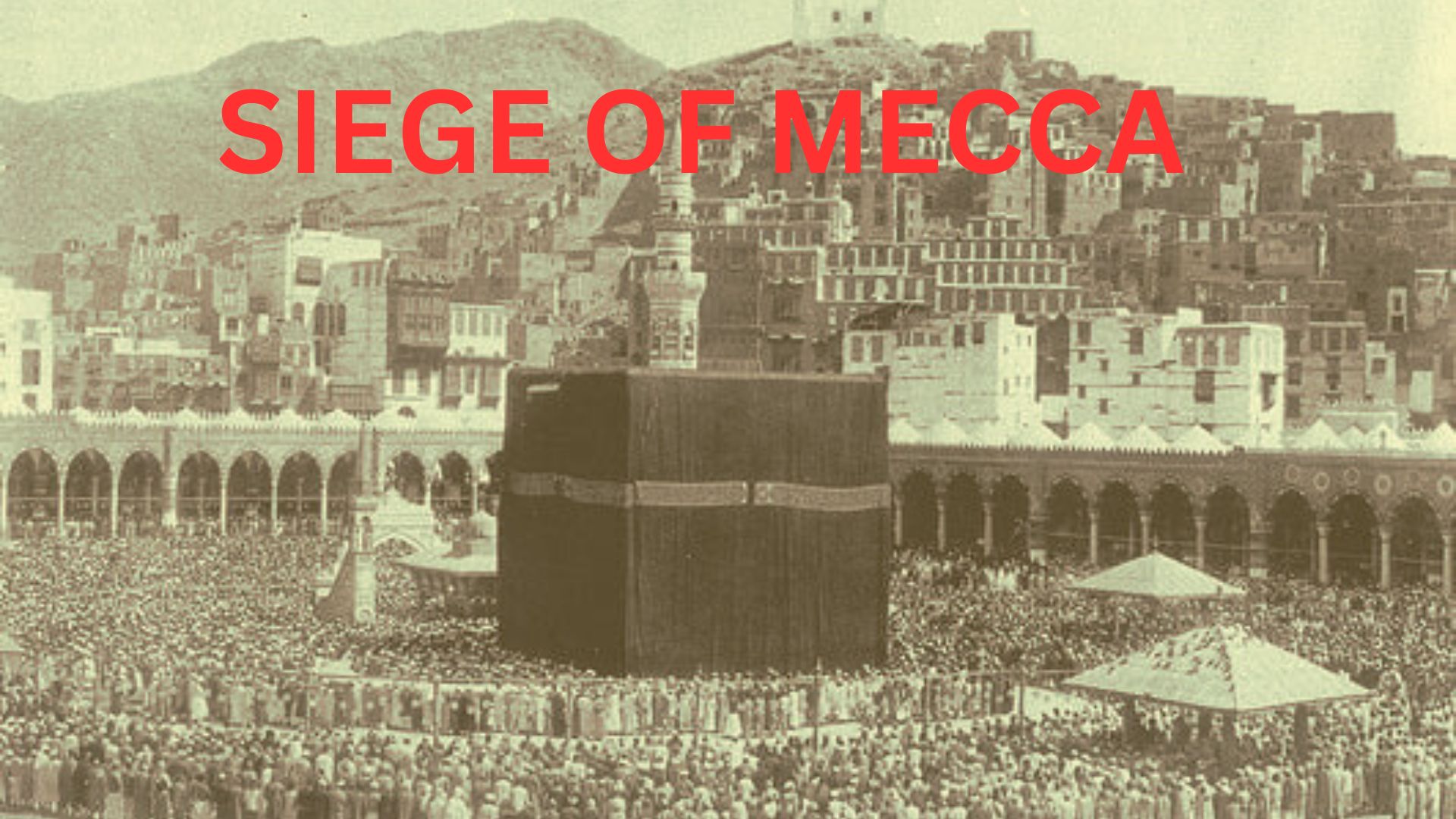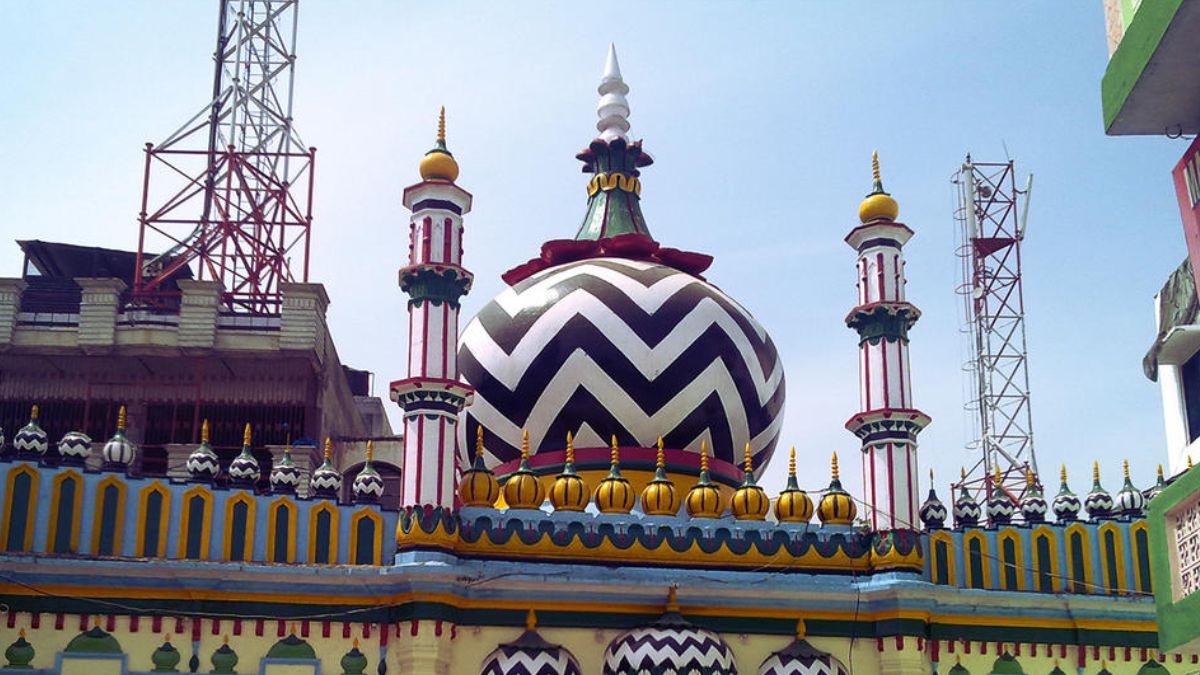Imagine the unthinkable: It’s dawn in Mecca, November 20, 1979. Thousands of pilgrims are circling the Kaaba, their hearts lifted in prayer, when suddenly—gunfire shatters the sacred silence. The Grand Mosque, the holiest sanctuary in Islam, becomes a scene of unimaginable turmoil. A man named Juhayman al-Otaybi leads hundreds of armed rebels through its gates, locking them shut and declaring over the loudspeakers that the Mahdi–the end times savior has come.

The walls, once touched by devotion, are stained with conflict; pilgrims are trapped, helpless amidst the chaos. The world watches in disbelief as this sacred place is held hostage. This wasn’t merely an attack—it was a defiant challenge to the Saudi monarchy, born of deep conviction and unrest. How did such a moment unfold? Let’s step back and uncover the story of a siege that forever altered Saudi Arabia.

The Roots: A Kingdom Divided
To understand this event, we must return to the 1970s, a time of transformation in Saudi Arabia. The nation was awash in wealth from the oil boom, its fortunes soaring under King Khalid. New roads stretched across the desert, schools rose, and modern infrastructure reshaped the land. Ties with the West, particularly the United States, grew stronger, bringing progress—and tension. For many, this was a golden era. Yet beneath the surface, a storm was brewing. A group of devout traditionalists saw this modernization as a drift from Islam’s core. They mourned what they viewed as a loss of faith, and no voice rang louder in this chorus than that of Juhayman al-Otaybi.
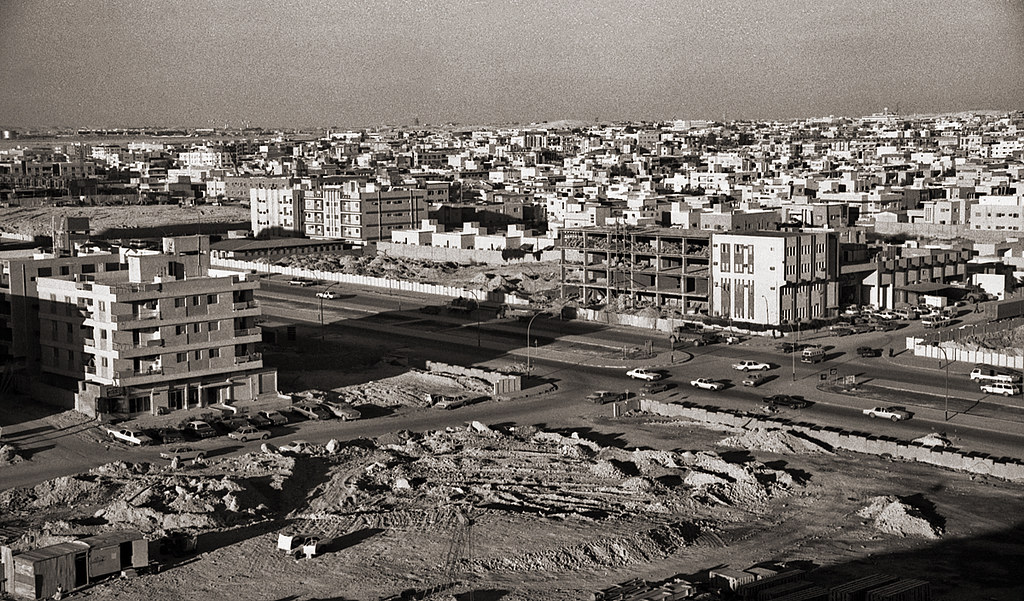
Juhayman was no ordinary figure. His lineage carried weight—his grandfather, Sultan bin Bajad al-Otaybi, had been a key leader in the Ikhwan, a tribal force instrumental in forging Saudi Arabia. But when the royal family embraced Western ways, Sultan resisted, a defiance that echoed in Juhayman. Once a member of the Saudi National Guard, tasked with protecting the monarchy, he later turned against it. At the University of Medina, his passion for a return to untainted Islamic principles took root. There, he met Mohammed Abdullah al-Qahtani, a man he believed embodied the Mahdi, the prophesied figure destined to restore justice in a world gone astray.
In Islamic tradition, the Mahdi is a monumental figure, heralded by signs of upheaval and moral decline. Juhayman saw in Qahtani the fulfillment of these prophecies—a devout scholar whose presence seemed divinely ordained. To solidify their bond, Juhayman married Qahtani’s sister. Together, they channeled a rising tide of discontent. The revolution in Iran fueled calls for a return to strict Islamic values, while Saudi’s modern path alienated many. Through mosques and gatherings, Juhayman rallied hundreds to his cause: end the monarchy, expel foreign influence, and pave the way for the Mahdi’s reign. Their resolve would soon erupt in the heart of Mecca.
The Siege: A Sacred Place Under Siege
The date was November 20, 1979—the dawn of the Islamic year 1400, a moment steeped in symbolic weight. At the Grand Mosque, fajr prayers filled the air with reverence. Between 50,000 and 100,000 pilgrims sought blessings, unaware of the shadow descending. Then, in an instant, Juhayman and his group, the JSM (al-Jamaa al-Salafiya al-Muhtasiba), numbering 200 to 300, struck. For days, they had smuggled weapons—rifles concealed in coffins, ammunition hidden in supplies—into this hallowed space. As prayers concluded, they sealed the gates, stationed snipers atop the minarets, and seized the loudspeakers. Juhayman’s voice rang out: “The Mahdi has arrived! The time of reckoning is near! Join us or face judgment!”
Panic swept through the mosque. Pilgrims, many unable to understand Arabic, were gripped by fear and confusion. Thousands became hostages, warned that any attempt to flee would cost their lives. The rebels’ demands were clear: dismantle the monarchy, reject the West, and recognize Qahtani as the Mahdi. Outside, Saudi security forces gathered, but communication lines were severed, leaving them in the dark. The Grand Mosque, a sanctuary of peace, stood captive, its sanctity overshadowed by violence.
News of the siege spread like wildfire, igniting outrage across the Muslim world. Rumors swirled—some pointed to Iran, others to the United States or unseen foes. Protests erupted from distant lands, a cry for the desecration of Islam’s heart. For the Saudi kingdom, this was an unprecedented crisis, a wound to their authority and faith.
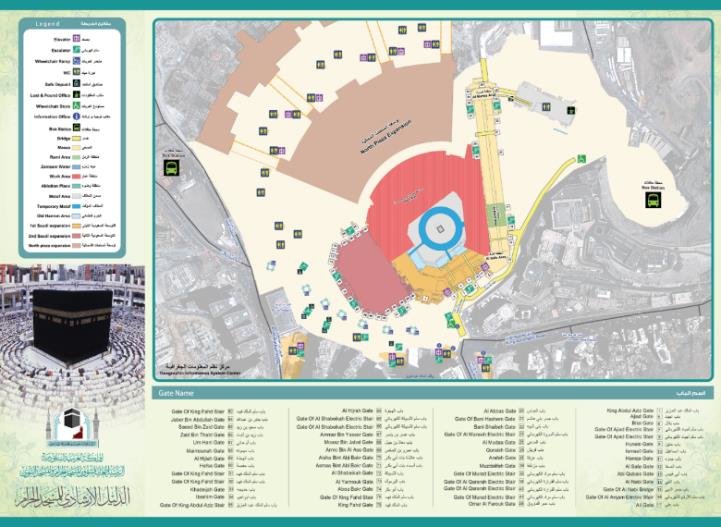
The Response: A Battle for Reclamation
The Saudi government faced an agonizing dilemma. Violence within the Grand Mosque was forbidden, a sacred boundary not easily crossed. Initial efforts faltered—Saudi National Guard units approached the gates, only to be met with deadly precision from JSM snipers. Armored vehicles advanced, their roar drowned by resistance from above. Losses mounted, and the kingdom’s resolve was tested. The royal leadership sought guidance, and the nation’s clerics issued a fatwa, granting permission to fight within the mosque—a rare and heavy decision.
Even with this sanction, the rebels held firm. Qahtani, emboldened by his claim to divinity, stepped into open combat, perhaps to prove his invincibility. But fate intervened—a bullet struck him down, shaking his followers’ faith. Yet Juhayman pressed on, retreating with his men into the mosque’s underground passages. The standoff stretched into weeks, the situation growing dire.
In desperation, the Saudis turned to the French GIGN, an elite force skilled in such crises. Their involvement posed a challenge—non-Muslims are barred from entering Mecca. Some say they converted briefly; others insist they advised from afar. Regardless, a ruthless strategy emerged: drill into the tunnels, unleash tear gas, deploy grenades, and flood the depths with water. The toll was grim—hostages perished alongside rebels in the chaos. But it broke the insurgency. On December 4, after 15 harrowing days, Juhayman and roughly 60 survivors emerged, surrendering to the forces that had reclaimed the mosque. The sacred space was liberated, but forever marked by the ordeal.

The Aftermath: A Nation Transformed
When silence returned, the cost was staggering—hundreds, perhaps a thousand, had fallen. Soldiers, rebels, and innocent pilgrims alike paid the price. In 1980, Juhayman and 67 of his followers faced justice, publicly executed across eight cities, their fates a stark warning. Yet the true legacy of the siege lay in what followed.
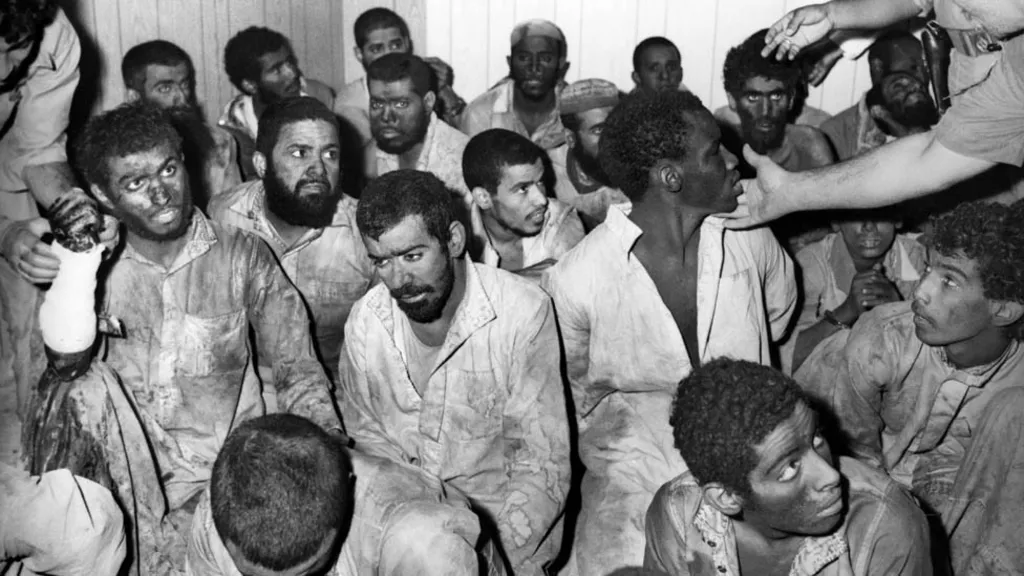
The Saudi monarchy, shaken to its core, shifted course. Modernization gave way to a renewed embrace of tradition. Gender separation tightened, women faded from public view, and music fell silent. The mutawa, a religious police force, rose to enforce piety. Education turned toward faith, a bulwark against dissent. This pivot wasn’t mere reaction—it was a calculated move to quell the unrest Juhayman had exposed. The kingdom sought to prove its devotion, fearing another spark.
Beyond its borders, resentment grew. Many blamed Western influence for the crisis, a sentiment that fueled figures like Osama bin Laden, who drew inspiration from the siege’s defiance. For nearly four decades, Saudi Arabia held this line—strict, guarded, unyielding—until Mohammed bin Salman began to steer it back toward openness in 2016. But that chapter belongs to another time.
Reflection: A Lasting Echo
The 1979 Grand Mosque Seizure was more than a fleeting clash—it was a tremor that reshaped a nation and reverberated through history. Juhayman al-Otaybi sought to upend the order and fell, yet his shadow lingered in the kingdom’s turn to tradition. From a place of worship to a battlefield and back again, this event remains a testament to faith, fervor, and the fragility of power. What lessons linger in its wake? Share your thoughts—I’d love to hear them.

